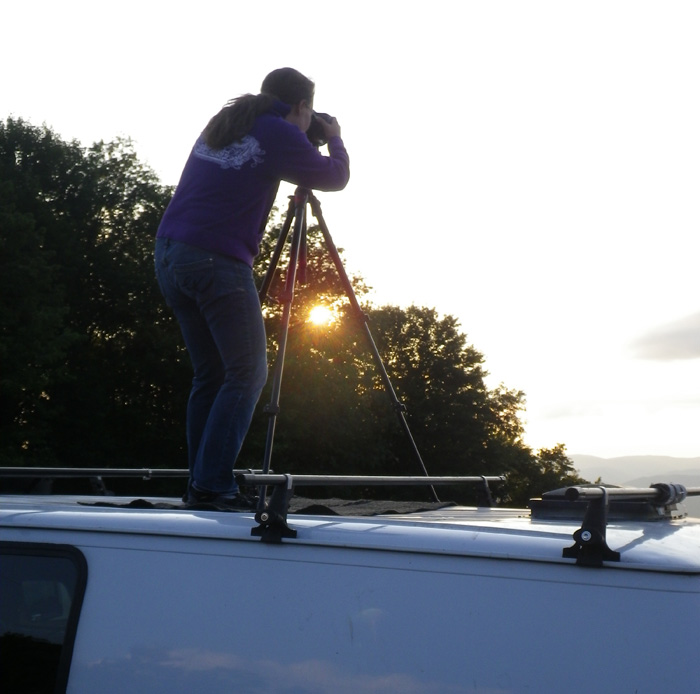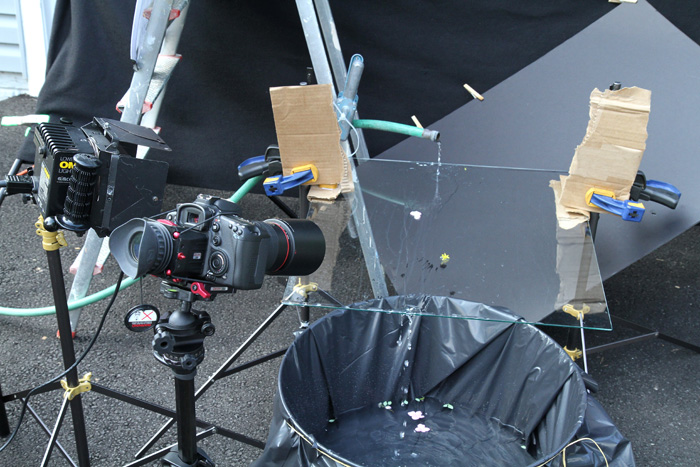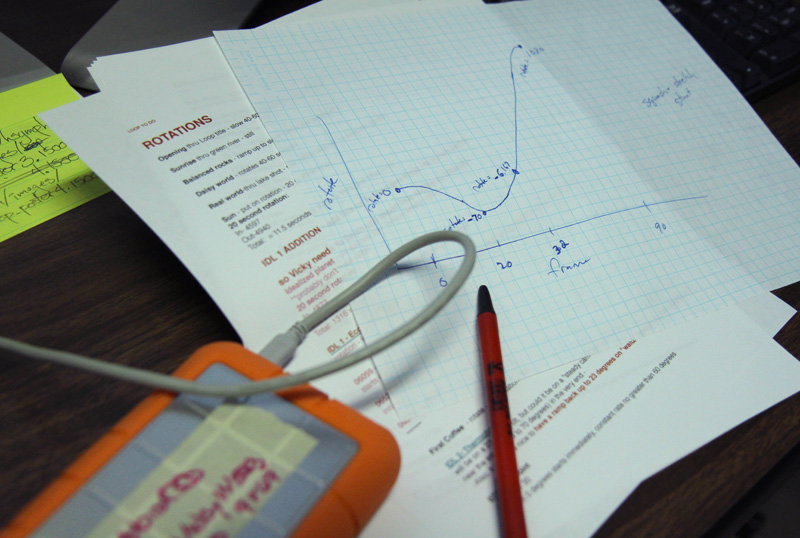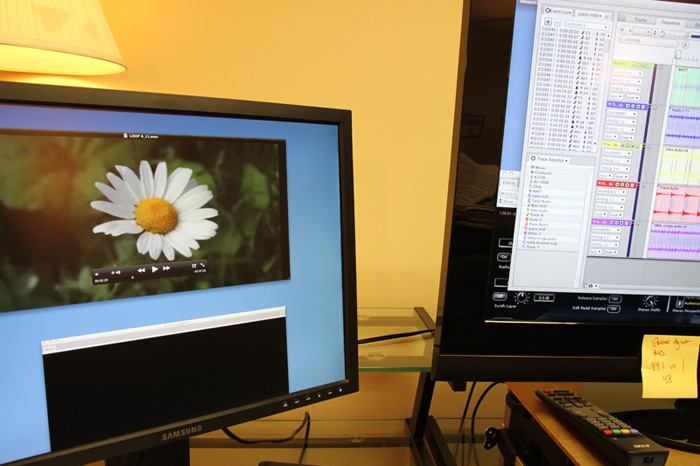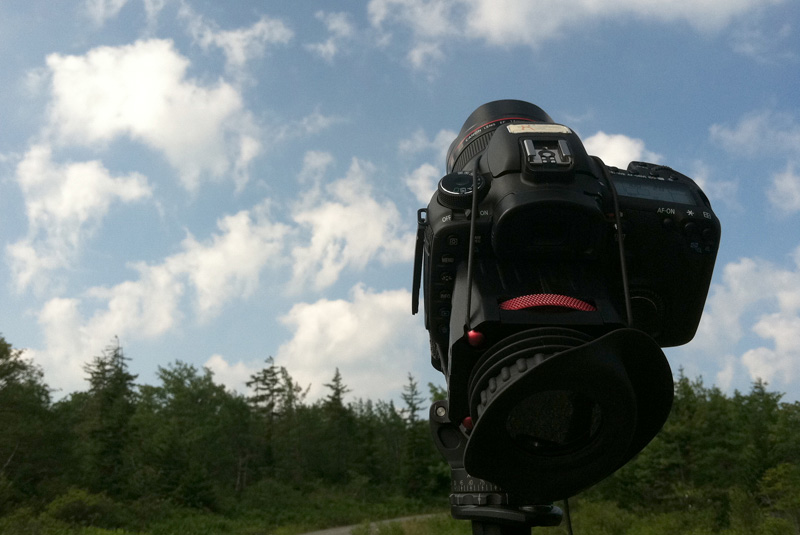Data Visualization: Reality Directed for Effect
Artificial Realities: Animation's Role in LOOP
Daisyworld: Balance in Bloom
The Ben Franklin
In July of 1969 a remarkable mission set off on an astounding voyage of discovery.
It's not the mission you're thinking about.
Just two days before Apollo 11 blasted off for the moon, the Grumman-Piccard PX-15 research submarine called The Ben Franklin started a 1400 miles journey from Palm Beach, Florida northward up the Atlantic seaboard. Ostensibly a mission to study the Gulf Stream, it also became something of a test bed for the human aspects of long-term close-quarters scientific research. At the height of the human space program, the practical aspects of doing oceanography by submarine suddenly caught NASA's attention.
After descending to approximately 1000 feet beneath the surface, the sub drifted northward for a month, riding the core of the Gulf Stream, completely closed off to the rest of the world. While the space agency gathered data about the health and mental well being of the crew, the mission also pointed towards a future still several decades off, where long term observations from dedicated science platforms would gather regular data about our home planet.
Of course, the design of those yet-to-be-invented research platforms took a different form; they became unmanned satellites orbiting the Earth. But thinking back to those heady days of The Space Race, the mission of The Ben Franklin reminds us that great adventures and daring flights of exploration still exist on Earth. Remember: the vast majority of human experience takes place on only 30% of the Earth's surface. The remaining 70% remains mostly unexplored and largely unknown.

